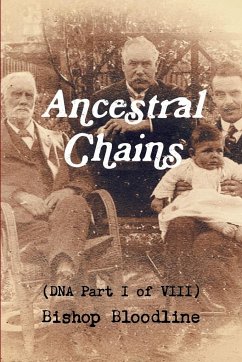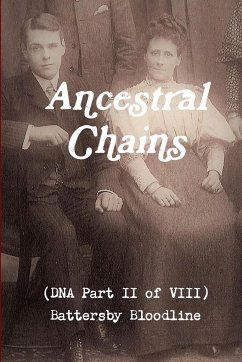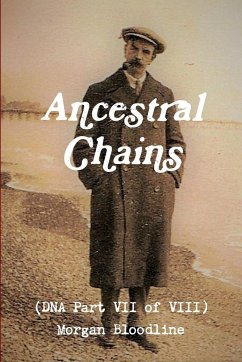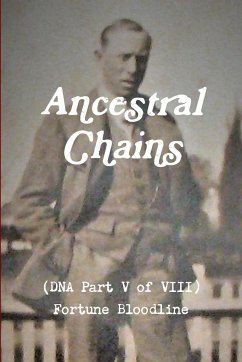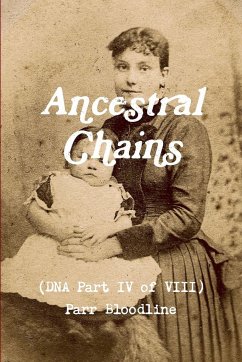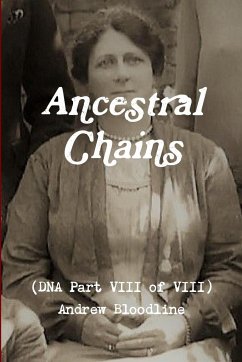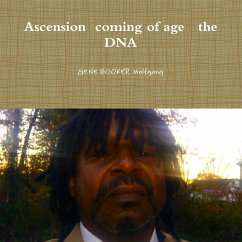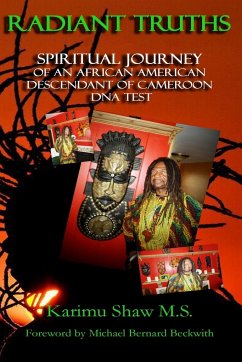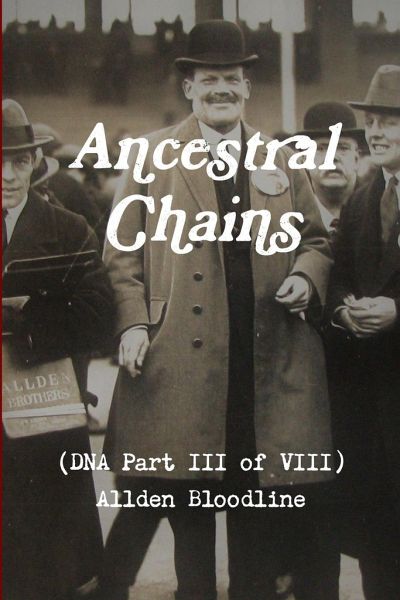
Ancestral Chains (DNA Part III of VIII) Allden Bloodline
Versandkostenfrei!
Versandfertig in 1-2 Wochen
40,99 €
inkl. MwSt.

PAYBACK Punkte
20 °P sammeln!
Fanciful stories of rags-to-riches are fascinating. Yet, when such is part & parcel of one's ancestry, it becomes real. Having known physical hardship in the back-to-backs of Birmingham, great-grandfather Allden determined never to be poor again. An inherent ability in mental arithmetic was to play a major role in the family Commission Agent business; but did the gamble pay off? The Industrial Revolution is never far away in Birmingham & the Black Country, where the Alldens played their part in firing up and arming the nation. Jockeying around was also a major pastime and a money earner for th...
Fanciful stories of rags-to-riches are fascinating. Yet, when such is part & parcel of one's ancestry, it becomes real. Having known physical hardship in the back-to-backs of Birmingham, great-grandfather Allden determined never to be poor again. An inherent ability in mental arithmetic was to play a major role in the family Commission Agent business; but did the gamble pay off? The Industrial Revolution is never far away in Birmingham & the Black Country, where the Alldens played their part in firing up and arming the nation. Jockeying around was also a major pastime and a money earner for the boys. Complex family relationships also set the scene when it was better to keep Mum; but lose her they did. A fun-loving Step-Mum & private education stepped in, but did the Alldens find their middle-class roots again. From whence did they hail & why had they fallen? Ancestry is but a game of Snakes & Ladders, so did the Alldens win in the end? Also, is there more of the Allden in the author than he cares to admit?





